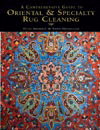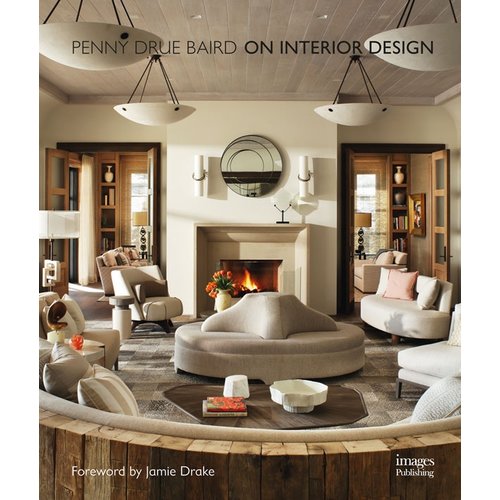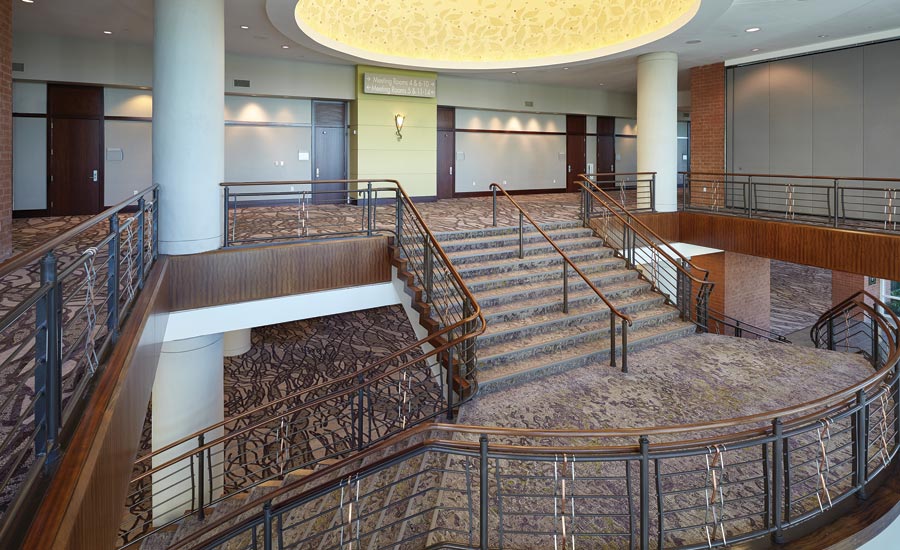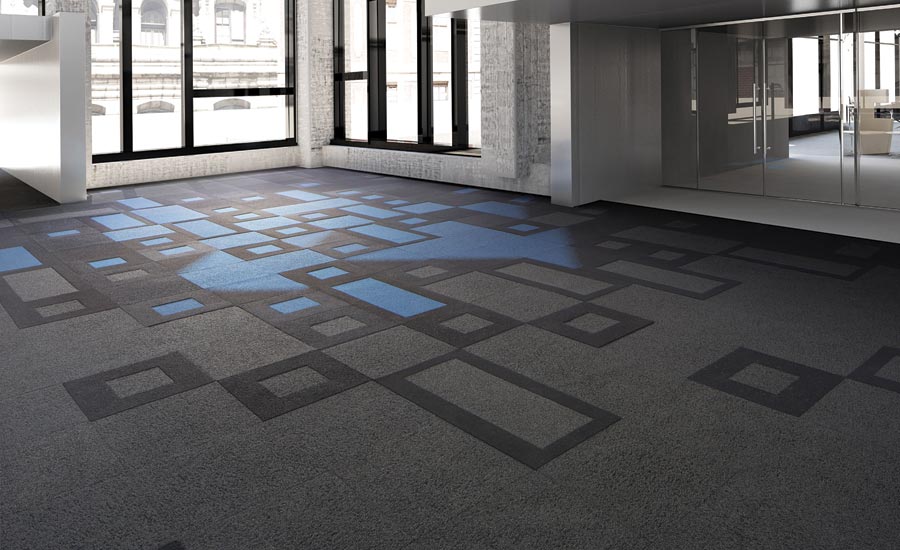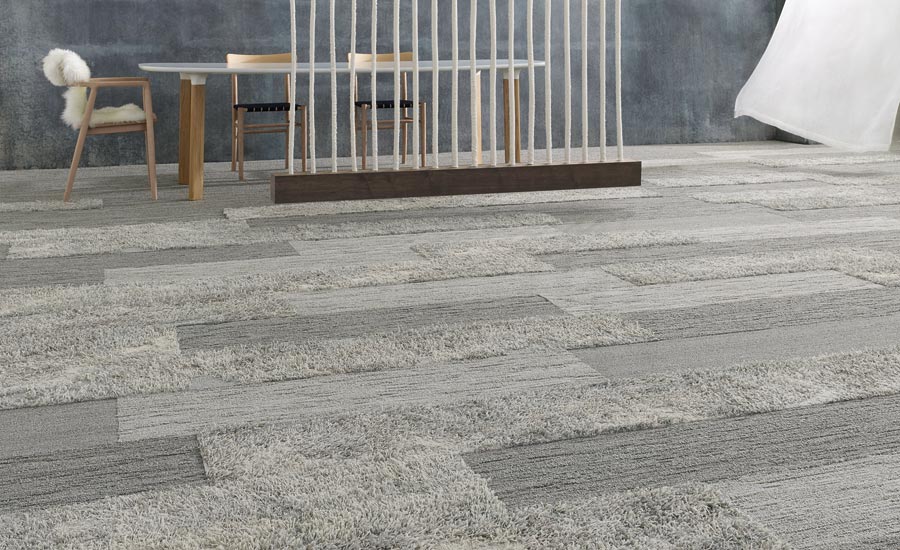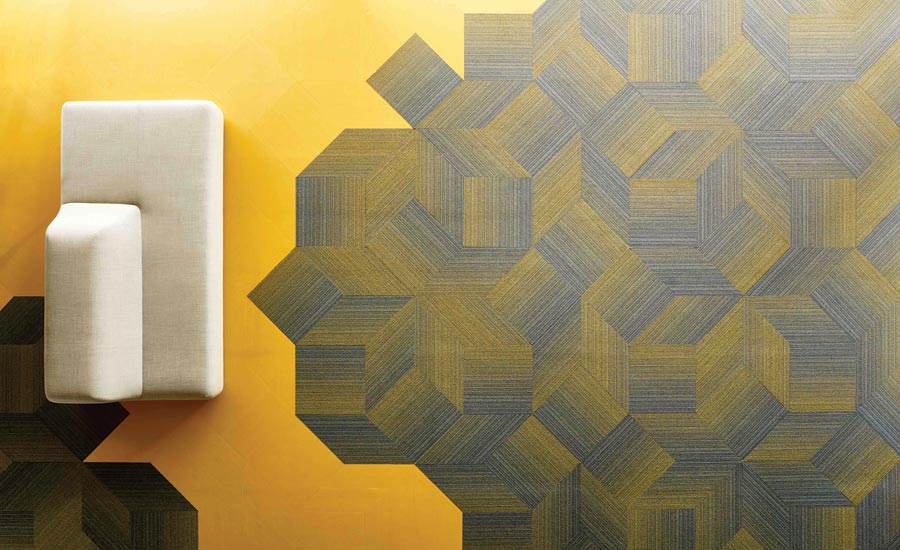Commercial Carpet Trends

Blue hues, like those found in Bentley’s (los)t angeles, are the new neutral, according to designers.

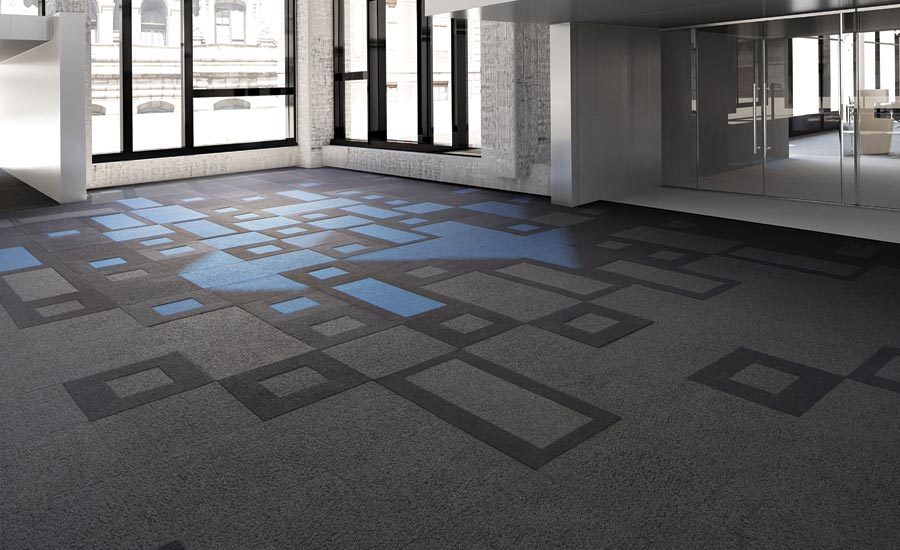
Carpet like Mohawk’s Topography can transform commercial spaces.







With carpet remaining a top choice in commercial applications, Floor Trends sat down with manufacturers to find out what is driving commercial carpet trends and what is keeping the segment relevant in the ever-evolving world of flooring.
Benefits of Carpet in Commercial
“Carpet will continue to be a preferred product category because it provides solutions other options cannot,” said Reesie Duncan, Shaw Contract’s vice president of global design.
Specifically in commercial settings, carpet’s aesthetics, comfort, noise reduction, safety, cleaning and maintenance make it a popular choice among designers.
“Carpet provides comfort and ergonomics underfoot, as well as visual and tactile texture,” said Royce Epstein, Mohawk’s design segment director. “It also finishes and softens a space to make it feel warm and inviting while helping with acoustics.”
Holly Lester, Bentley Mills’ textile specialist, added, “Not only do our products provide warmth and comfort within a commercial space, but our products also offer cushion to slips and falls that can become a safety necessity in retail, hospitality, residential and institutional settings.”
Keeping safety and comfort at the forefront, nylon broadloom and modular carpet are also beneficial in commercial settings due to their maintenance and cleanability properties.
“Nylon is by far the most prevalent fiber used in commercial applications,” said Duncan. “Nylon provides excellent wearability, abrasion resistance and resilience. It is easily cleaned and provides stain resistance, either inherently or by application. Nylon fibers withstand the weight and movement of furniture and are generally good for all traffic areas.”
Transforming Trends
From fashion and comfort to regional and global influences, the driving forces behind both modular and broadloom commercial carpet design trends are up for debate, but one thing is certain—carpet’s design options are limitless and manufacturers and designers are drawing inspiration from many angles.
“The corporate workplace continues to be the primary driver of trends,” said Duncan. “Diverse budgets and cultures continue to make revealing statements about what’s most important—from both a design perspective as well as a globally merging culture. One observation is clear: spaces are no longer cookie cut for a 9-to-5 employee, the academic, the patient or the consumer. Structures are evolving into a succinct experience for those traveling through the space so that while in it, they are allowed to relish the moment and when they exit, they will remember the moment.”
Epstein added, “Everyone now wants to experience the comforts of home and leisure time while at work. This is due to the need to take a step back from the digital age. However, there is also a trend now for designers to create interiors that provide sensory experience for end users, much like hotels are doing now.”
To create these comfortable, stylish and memorable spaces, designers are taking cues from hospitality and residential sector trends and doing what Jeff West, Patcraft’s vice president of marketing, calls a convergence of markets and trends.
According to West, in addition to influences from different markets, commercial carpet design trends are driven by what’s going on in the world.
“Those are things from fashion to graphic design, to just interiors in general,” he said. “There’s a huge global influence. All of those things come together to set the trends.”
These days, when it comes to color, there are many more similarities than there are differences in what’s trending throughout regions, says West. Across the board, blue is making its presence known as the new neutral; green has taken on a stronger botanical presence; neutrals are still the bed stone of commercial color influence with an emphasis on material you can feel and experience like the building blocks of brick and stone; and the desire for calm in a busy world has given rise to whites becoming ever more impactful as a color, according to Lester.
In response to the constant change of color trends, manufacturers are developing color palettes for commercial carpet products with cross-segment appeal.
“We design our carpet collections so they include options to appeal to any preference,” said Duncan. “Often, our collections are designed with a specific market segment in mind, so we may select colors for this reason, but also incorporate other colors in the palette for cross-segment appeal.”
Backings Behind the Scenes
Various backing types are working behind the scenes to add comfort, strength and protection to broadloom and modular commercial carpet.
“Shaw Contract has carpet tile and broadloom backings to benefit varied need—from moisture protection, guaranteed reclamation, to cushion,” said Duncan.
Throughout the industry, manufacturers are using pre- and post-consumer recycled content to develop sustainable carpet backing options that are getting the job done, all while being environmentally friendly.
“Because the use of environmentally-friendly carpet backings can be used as a strategy to achieve LEED credits, we are seeing a shift toward more sustainable backing options,” said Epstein. “For example, Mohawk’s EcoFlex NXT is a PVC-free backing that is up to 40% lighter than similar PVC products, making it easier to install and less expensive to ship. It also incorporates a minimum of 35% pre-consumer recycled content.”
The Future of Carpet in Commercial
According to manufacturers, the use of carpet in commercial settings is a practice that is here to stay.
“There will always be a place for carpet, as long as humans need to feel comfort and warmth,” said Epstein. “As we delve more into a tech-driven society, textiles and carpet will be more and more prevalent to provide a tactile experience and a comfortable environment.”
Carpet has earned a reputation for being one of the best choices for commercial settings, and even as new products are introduced to the market, carpet shows no sign of being replaced. Rather, it is increasingly being used in tandem with industry newcomers to add comfort and color to commercial interiors.
“[Carpet has] been around for hundreds of years and [is] not going away anytime soon,” said Johnny Massey, vice president of operations for Brintons Americas. “I believe there will always be a need for carpet in some shape or form.”
Looking for a reprint of this article?
From high-res PDFs to custom plaques, order your copy today!







.jpg?t=1690771780)
